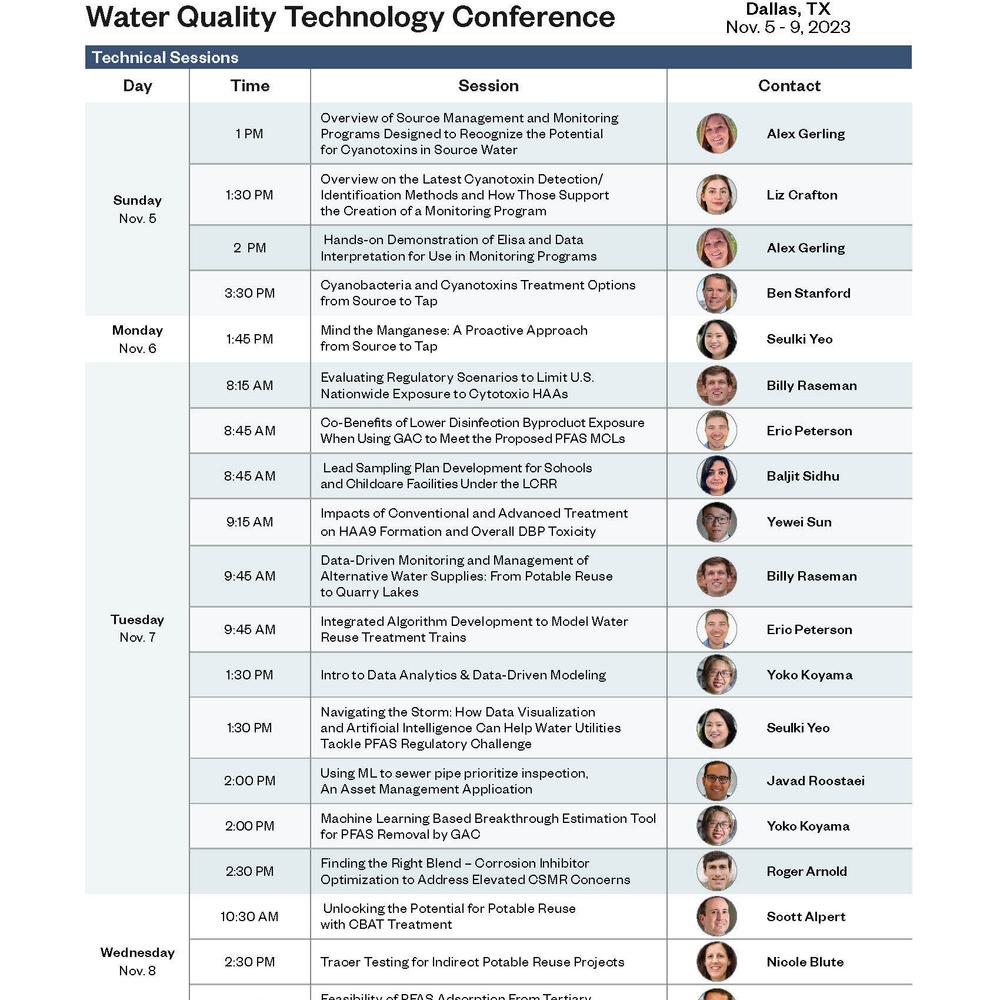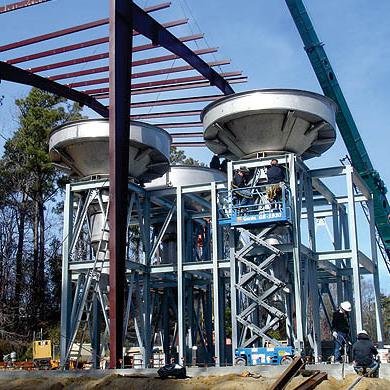PFAS in Biosolids: State of Knowledge and Treatment Opportunities
Since the promulgation of Part 503 Regulation, biosolids processing and management have been focused on generating high quality product that recycles valuable organics and nutrients to the environment through the land application practice. On November 15, 2018, the EPA’s Office of the Inspector General (OIG) issued a Report that identified the presence of 352 pollutants or contaminants of emerging concerns (CECs) in biosolids such as pharmaceuticals, steroids and flame retardants (PFAS). The OIG Report highlighted that the existing biosolids regulations don’t address these pollutants and thus could fail to protect the public and environment when recycling biosolids to the environment. The Report also concluded that regulations regarding CECs cannot be established at this time due to lack of risk assessment data and tools, and EPA is currently addressing these concerns.
Among the three groups of pollutants identified in the OIG report, PFAS compounds found in biosolids are causing concerns at varying states levels. It is important to note that WRRFs don’t generate PFAS during wastewater treatment. These compounds find their way to the WRRFs through effluent from industrial discharges, septage, leachate, etc. Since about half of the solids produced in the USA is currently land applied and if biosolids is contaminated with some level of PFAS, land application practice appears to spread PFAS to the environment, causing further concern when finding their way to drinking water resources.
The presentation will provide:
- An overview of the OIG Report, and likely impacts on the biosolids land application program in the near term.
- Available information regarding the migration, transformation, and fate in existing systems and identification and prioritization of control opportunities as depicted in Figure 1.
Related Topics:

- Major sources of PFAS to the WRRFs
- State of the art knowledge of PFAS conversion and fate within WRRFs
- The presence of PFAS compounds in biosolids and recent lessons learned through case studies across the USA.
- Utility guidance for characterizing and managing PFAS at WRRFs
- Available technologies to mitigate/destroy PFAS from biosolids
The presentation will use results from an on going project in the New England geography that is looking at identifying sources of PFAS to the WRRF, short-term mitigation and long-term strategies for managing PFAS in the produced solids. The facility under evaluation does not digest and disposes dewatered solids to landfills. The evaluation will include viability and feasibility of the technologies to be practiced by this utility to destroy and eliminate PFAS, high level cost of construction and O&M costs in addition to implantation timeframe. This information will help the biosolids community combat the growing concerns of PFAS on existing and future biosolids beneficial use programs, and takeaways to consider for biosolids management planning.










